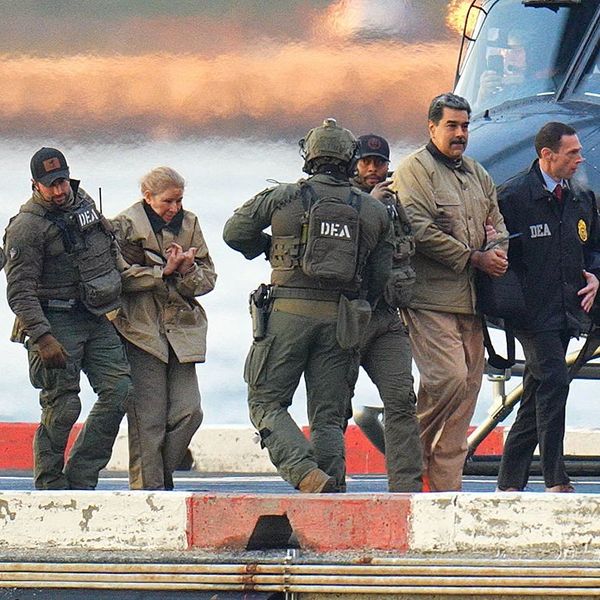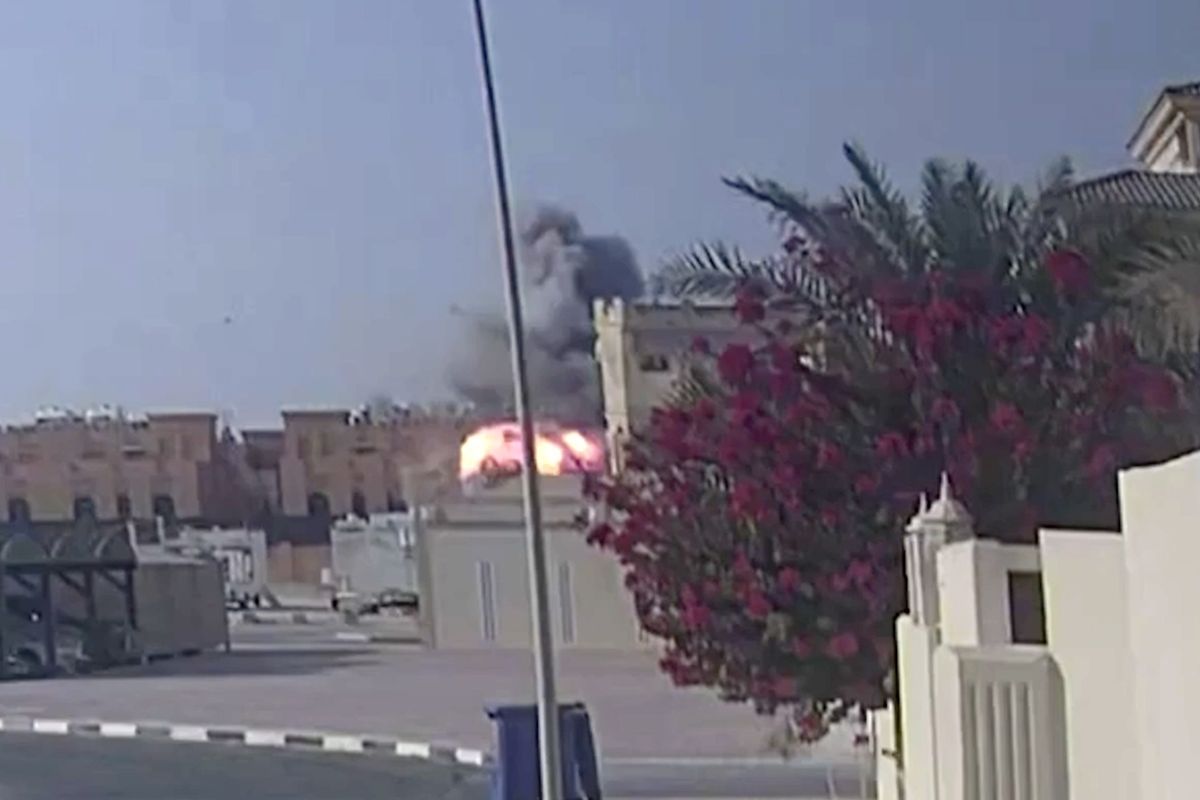OPINION — For national security and intelligence experts, one question continually resonates: how could Israel's highly regarded intelligence infrastructure not predict and warn of Hamas's looming hostility? A significant assembly of Hamas terrorists at the Israel-Gaza perimeter, coupled with a notable presence of vehicles and engineering tools, seemingly went undetected by Israeli intelligence. While Hamas's goals were transparently articulated by their leadership, Israel's elite intelligence and powerful military machinery experienced an unexpected challenge. Israel's intelligence did not offer the essential early warning to its policymakers, leading to one of Israel's fiercest military confrontations.
However, attributing this solely to an intelligence lapse disregards the larger context in which intelligence operates: the overarching military doctrine it embodies and the operational plans it supports. Historically, strategic and operational surprises are rarely a result of information lack. They typically stem from discrepancies between intelligence information, people’s mindset, strategic objectives, and military plans.
The primary intelligence custodians monitoring Gaza are the IDF Military Intelligence and the Israel Security Agency (ISA), colloquially known as Shin-Bet. Both agencies reportedly had detailed intel regarding Hamas's military capabilities, encompassing their main bases, weapon stores, communication hubs, and more. This intelligence has underpinned the recent strikes by the Israeli Air Force on a multitude of targets.
Subscriber+Members have a higher level of access to Cipher Brief Expert Perspectives and get exclusive access to The Dead Drop, the best national security gossip publication, if we do say so ourselves. Find out what you’re missing. Upgrade your access to Subscriber+ now.
Yet, both of these organizations and the political echelon fundamentally misread Hamas's intentions. They underestimated the terrorist organization's readiness to use its capabilities for a major assault on Israel. The prevailing notion, widely accepted, was that Hamas, overseeing Gaza, would prioritize economic stability and the welfare of its inhabitants, steering clear of conflicts that could devastate the Strip. The anticipated fear of an Israeli counteroffensive was expected to deter Hamas from taking aggressive measures.
Guided by this perspective, Israel's defense strategy along the Gaza boundary was built on multiple layers. Foremost were advanced SIGINT and VISINT systems designed to identify any adversarial advances toward the border. Complementing this was a state-of-the-art barrier, both above and below ground, reflecting a $1.5 billion investment. This barrier was intended to delay or entirely prevent incursions, enabling regular units to effectively counter any threats.
Additionally, a blend of stationary and mobile defense units, mainly from regular IDF divisions, were stationed. The foundational assumption was that intelligence would timely detect threats, allowing ground troops, backed by the air force, to react swiftly. In the event of a more extensive attack, the expectation was that intelligence would issue early warnings, facilitating the deployment of additional regular troops. And in the extreme case of a large-scale Hamas offensive, it was believed that early warnings would afford sufficient time for the mobilization of reserves. Armed with this strategic framework and influenced by the political echelon and considerations of the weekend and Sukkot (a significant Jewish holiday), only minimal forces were maintained at the frontline.
It's not just for the President anymore. Are you getting your daily national security briefing? Subscriber+Members have exclusive access to the Open Source Collection Daily Brief, keeping you up to date on global events impacting national security. It pays to be a Subscriber+Member.
But this robust system unraveled quickly due to intelligence lapses on operational and tactical tiers. With disruptions to the VISINT border infrastructure and the use of sophisticated camouflage methods, possibly enhanced by cyber warfare, Hamas successfully neutralized the IDF's monitoring abilities at the border. This oversight enabled numerous armed Hamas members to approach the border unhindered. The limited regular troops on site were ill-equipped to counteract the influx.
However, it would be an oversimplification to place the blame exclusively on the Israeli intelligence organizations.
Early warning's role is fundamentally linked to action. Strategic warnings highlight shifts in the strategic landscape that could be detrimental to the nation, facilitating national-level countermeasures. Operational warnings highlight how enemy plans could threaten the troops, facilitating counterplans. Tactical warnings identify imminent threats spatially and temporally, equipping ground and other forces to either ready themselves or act proactively.
However, a subtle distinction often overlooked in early warning discussions, regardless of their tier - strategic, operational, or tactical - is that the correlation between a warning and subsequent action isn't reciprocated. Warnings necessitate an action blueprint, but these plans should contemplate situations where early warnings may be absent or postponed.
The events on October 7th at the Gaza border exemplify this starkly. The IDF's operational and tactical strategies heavily relied on receiving alerts. This dependence exposed a vulnerability when the alert system failed. Their operational plan presumed the existence of an alert, thus integrating a "warning space" - a timeframe from when an alert is given to when requisite measures are initiated. In the absence of an early warning, the IDF’s entire operational plan collapsed. There simply wasn't enough time, or a "warning space," to mobilize troops - be they regular or reserve - activate the air force, or even alert citizens to the impending attack.
The conflict is still in its nascent stages. Israel is retaliating against Gaza and Hamas with unparalleled vigor. As the situation develops, other regional entities might get embroiled, possibly pushing the Middle East towards an unstable whirlwind. Yet, from Israel's tragic experience, a salient lesson has emerged. Always hope for the best but remain prepared for the worst.
The Cipher Brief is committed to publishing a range of perspectives on national security issues submitted by deeply experienced national security professionals.
Opinions expressed are those of the author and do not represent the views or opinions of The Cipher Brief.
Have a perspective to share based on your experience in the national security field? Send it to Editor@thecipherbrief.com for publication consideration.
Read more expert-driven national security insights, perspective and analysis in The Cipher Brief














